Blog
Category: Interest Rates
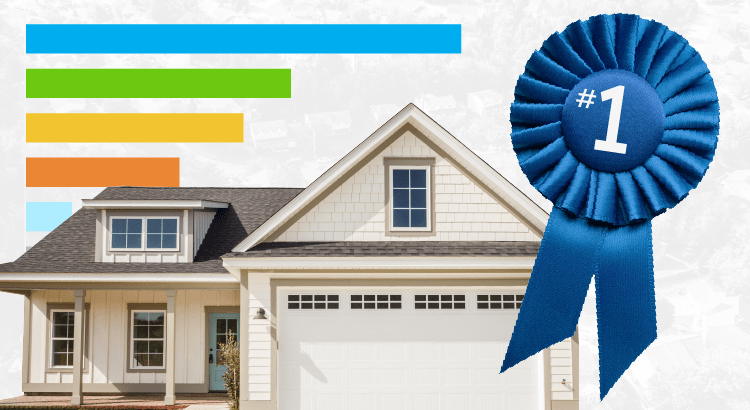
According to a recent poll from Gallup, real estate has been voted the best long-term investment for twelve straight years.

You may have heard that there are more brand-new homes available right now than the norm.

If you’ve seen the news lately about home sellers slashing prices, it’s a great example of how headlines do more to terrify than clarify.
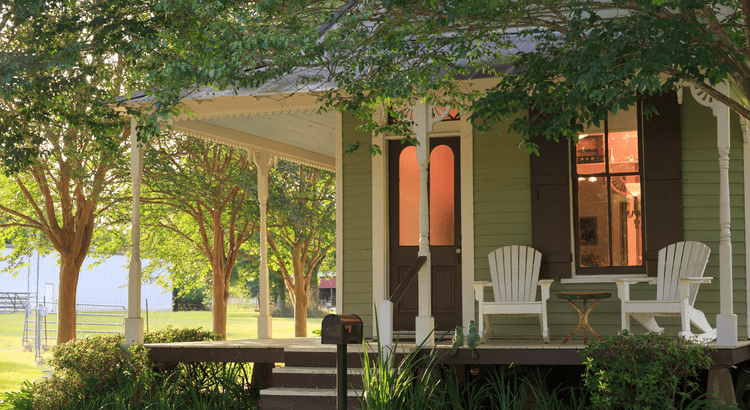
If you’re considering selling your house on your own as a “For Sale by Owner” (FSBO), you want to think about if it’s really worth the extra stress.
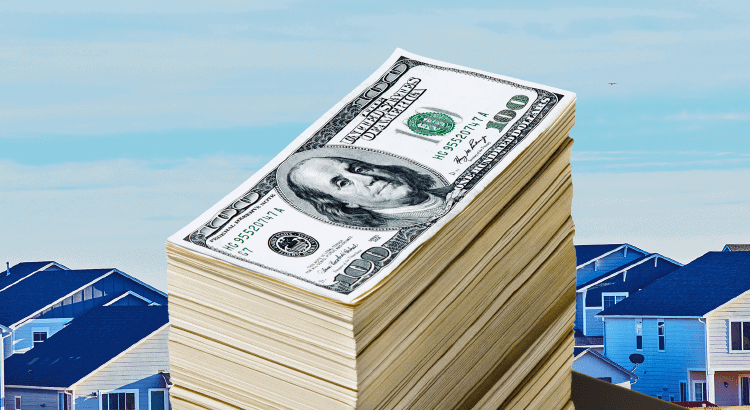
If you’re trying to decide if buying a home is worth it, consider the long-term benefits, like building equity as home values grow over time.
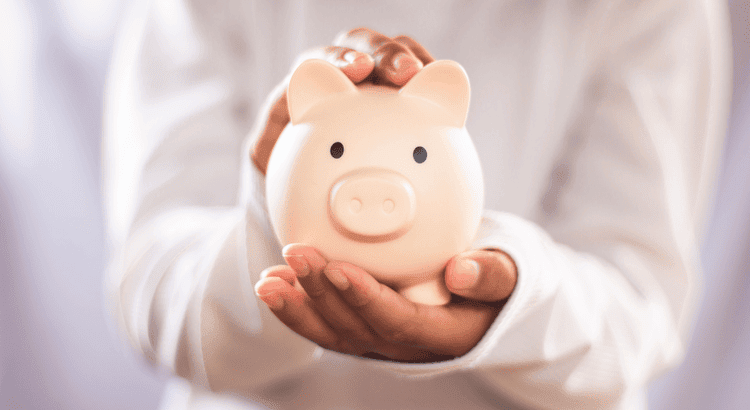
Many homeowners looking to sell feel like they’re stuck between a rock and a hard place right now.

If you’ve been looking for a home at the high-end of your market, but haven’t found the right one, you may have put your search on hold.
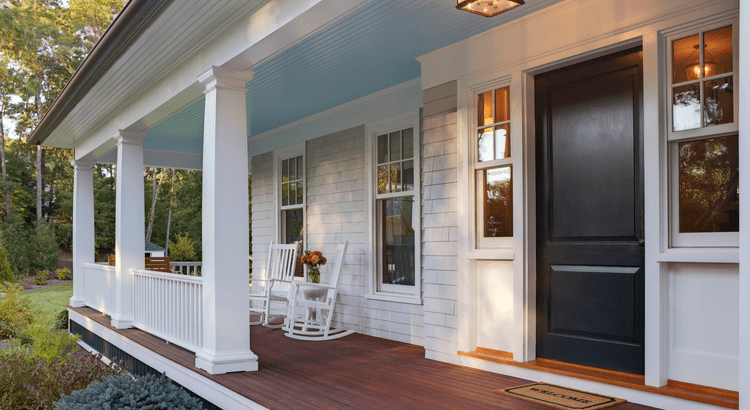
June is a busy month in the housing market because a lot of people buy and sell this time of year.



